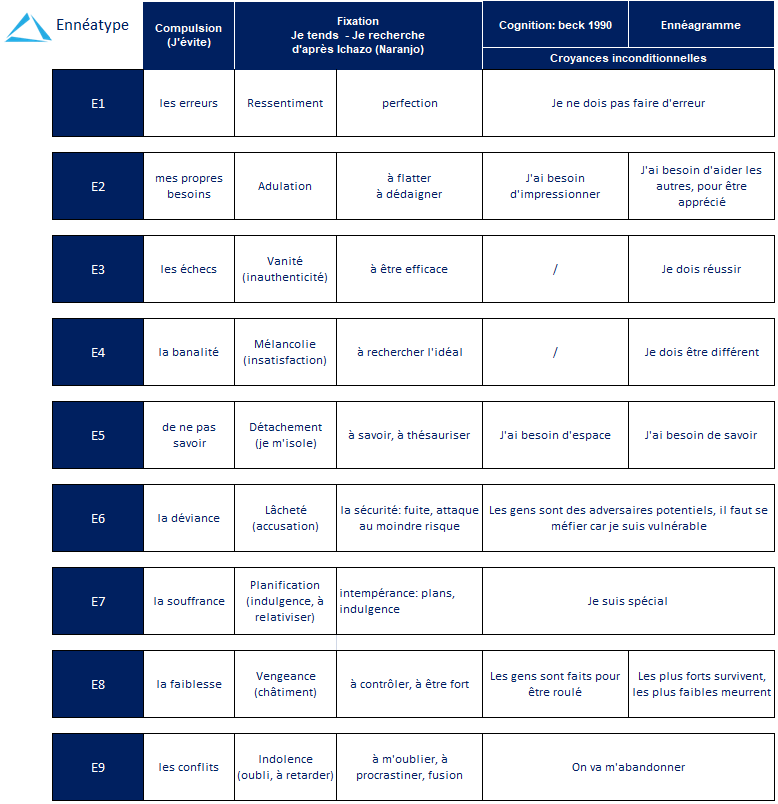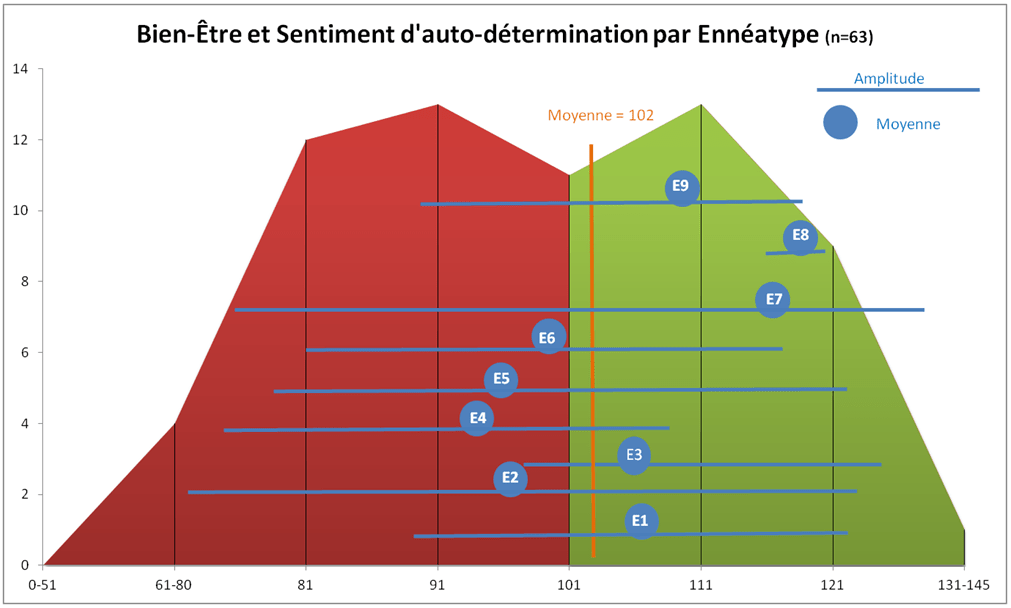Dive into the fascinating world of Enneatypes 2, 3, and 4, where the management of shame plays a crucial role. These unique personalities develop creative defense strategies to protect their emotional integrity. While Type 2 demonstrates dedication to others to bypass this overwhelming emotion, Type 3 embraces success and seeks recognition to mask it. As for Type 4, they sublimate this same shame in pursuit of authenticity and personal expression. These elaborate defense mechanisms demonstrate the psychological richness and resilience of Enneatypes in the face of inner challenges.
In the intriguing universe of the Enneagram, the defense strategies of each personality type reveal unique methods for coping with shame, a often insidious emotion. For Enneatype 2, shame is often linked to their need to feel indispensable. Their strategy involves offering their help almost compulsively, seeking validation and recognition through service to others. Thus, they manage to camouflage their feelings of inadequacy by ensuring they are always helpful.
The Enneatype 3, on the other hand, prioritizes performance to avoid shame. Their mechanism is based on achievement and accomplishment. They focus on reaching an ideal of success that provides them with external esteem, thus hiding their fear of not being up to par. The social image is crucial for Type 3, as it allows them to mask their inner doubts behind brilliant results.
Finally, the Enneatype 4 combats shame through a sense of uniqueness. By valuing their individuality and creativity, they seek to differentiate themselves from others, finding a certain redemption in what makes them special. Conversely, they run the risk of indulging in emotional intensity and nostalgia, sometimes fueled by introjection, and locking themselves in their own inner world to avoid rejection.

Strategies for Enneatype 2
Enneatype 2, known for its desire to be helpful, often finds itself beset by a need for recognition. To combat this latent shame, the main strategy revolves around self-fulfillment. By valuing their own accomplishments, Type 2 learns to appreciate themselves for who they are, independent of others’ approval. This liberating process allows them to detach from the obsession of “serving” at all costs, and refocus on their own needs. For more information on this Enneatype, explore these available resources on the Enneagram.
Approaches for Enneatype 3
Success is at the heart of the identity of Enneatype 3, making the shame related to failure particularly heavy. The appropriate defense against this shame is the acceptance of imperfection. By embracing failures as an integral part of the human experience, Type 3 can deconstruct the toxic idea that their worth depends on their external success. This journey towards full self-acceptance allows for the creation of a solid foundation where personal esteem is not compromised by results.
Methods for Enneatype 4
Enneatype 4, often perceived as the most sensitive and introspective type in the Enneagram, must counteract a shame that arises from feelings of inadequacy. By cultivating a more universal perspective thanks to wing 5, which provides distance, Type 4 can lessen the envy and nostalgia that result from comparison with others. This approach of positive introjection allows for vulnerability to be transformed into an asset. To delve deeper, the available studies on the 27 subtypes can offer enriching perspectives.

FAQ
Q: What are the main defense strategies against shame for Enneatype 2?
A: Individuals belonging to Enneatype 2 tend to focus on their kind actions towards others, sometimes to the point of self-abnegation, to avoid feelings of shame. They often seek to be indispensable to ensure recognition and maintain an image of generosity.
Q: How can Enneatype 3 manage its shame?
A: Enneatype 3 combats shame through success and social recognition. They double their efforts to achieve their goals and shine in their endeavors. By focusing on visible accomplishments, they project an image of success that masks their fear of failure and inadequacy.
Q: What strategies do individuals of Enneatype 4 adopt in the face of shame?
A: Enneatype 4 uses introjection, a mechanism by which they internalize experiences to understand themselves more deeply, fueling envy and nostalgia that allows them to make sense of their uniqueness. This quest for authenticity helps them divert attention away from shame.
Q: How do wings influence the defense strategies of Enneatypes 4?
A: For Enneatypes 4, the 3 wing reduces feelings of shame by providing resources to act and to gain social recognition. The 5 wing, on the other hand, offers more distance and reflection, allowing for better understanding of the deep emotions underlying shame.
Q: Are there subtypes of Enneatype 2 that alter their management of shame?
A: Yes, some subtypes of Enneatype 2 may be more reluctant to provide visible service. For example, the SP 2 countertype shows a different approach, often characterized by increased discretion and a reluctance to expose their altruism.
“`










